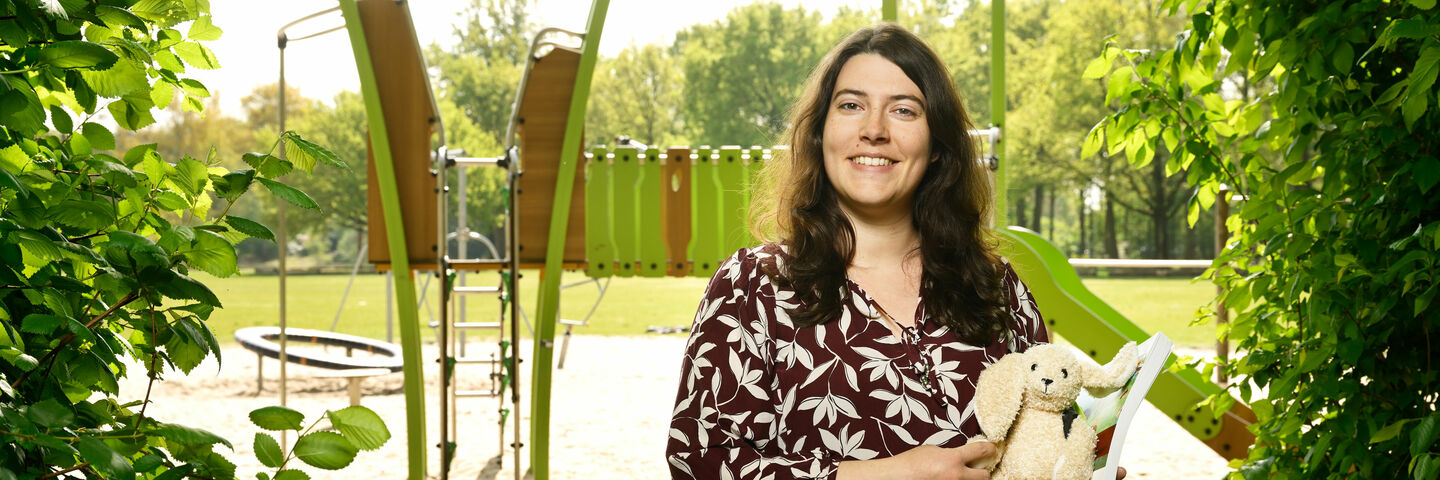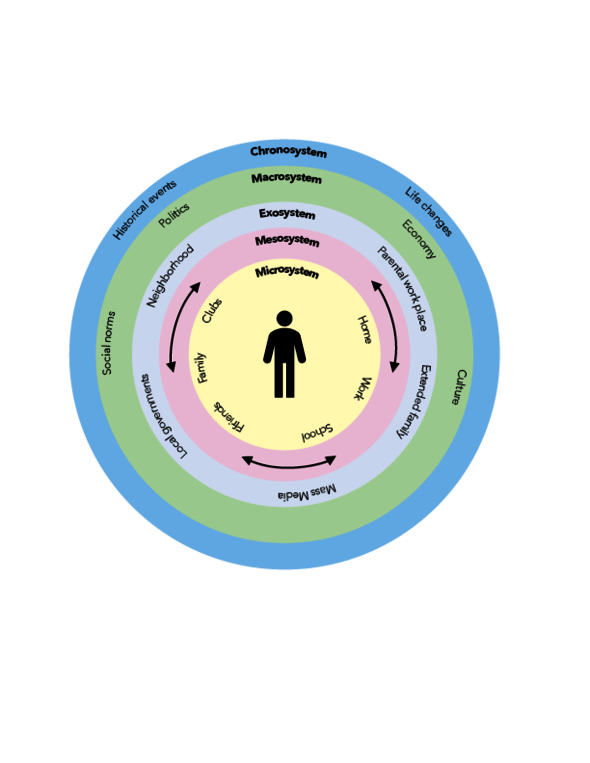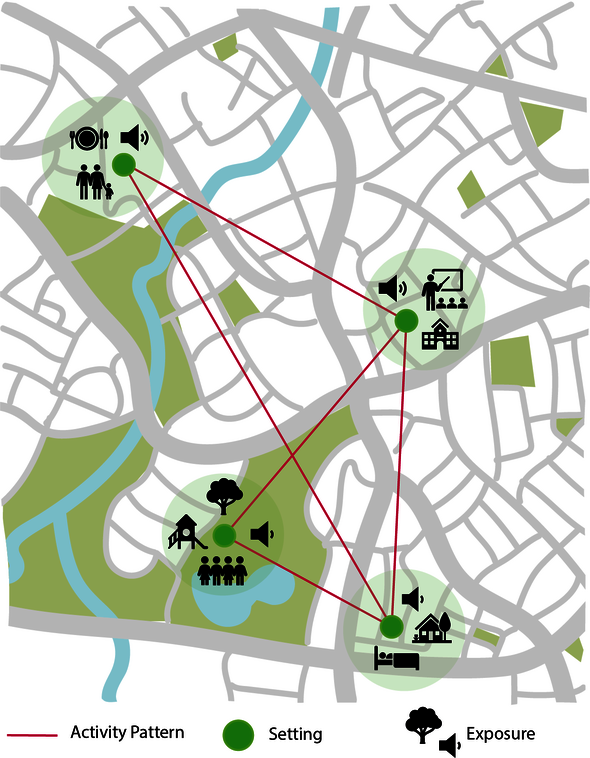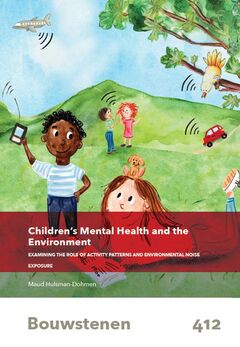
Home Stretch | Noise around the child’s head
Sounds in your environment can greatly impact your health. Noise maps show which residential areas experience high levels of environmental noise. But for children, who spend a lot of time outdoors, aren’t there more factors that determine how sensitive they are to noise? TU/e acoustician Maud Hulsman-Dohmen used a new approach to map the impact of noise on children’s mental health. On Wednesday, she will defend her dissertation at the Department of the Built Environment.
Maud Hulsman-Dohmen carefully pulls up the bunny by one of its ears. The fluffy stuffed animal – named Pip – that normally sits on the corner of her desk, gets to sit on her lap for now. Over four years ago, Pip embarked on an adventure to explore the world of children, Hulsman-Dohmen explains with a laugh. For her doctoral research in the Building Acoustics research group, she studied the impact of sound on the child’s brain, from newborns to young adults.
The youngest participants in her field studies got to work with Pip, about whom Hulsman-Dohmen had written a short book. “For a week, we monitored children’s daily activities and the sounds around them. Pip was curious about all the sounds they heard and helped them fill out a diary. Pip tagged along with the children on outings, and thanks to the GPS tracker in Pip’s backpack, we were able to record their activity patterns.”
Distraction
“Children’s physical and mental health is increasingly under pressure,” Hulsman-Dohmen begins. “But at the same time, we still know very little about the exact influence of all sorts of environmental factors. We do know that, along with to second-hand smoke and air quality, noise plays a significant role in the development of health problems.” Sounds do not only influence your body, Hulsman-Dohmen stresses.
“Another misconception is that noise is only harmful if, for example, it wakes you up. Even softer noise, from about 33 dB, can prevent you from entering into a deep sleep. Your brain remains active in the background.” In addition, noise also causes distraction, she continues. “We know from previous studies that children who grow up in an environment with a lot of traffic noise fall behind in their mental development by as much as three months.”
These studies on the impact of noise on health focus on either the physical or the social environment. Within the EU project ‘Equal-Life,’ in which TU/e and Avans University of Applied Sciences also participate, Hulsman-Dohmen works in a completely different way. There, the “exposome” is the central focus – a unique approach. “We approached the child’s living environment with a different mindset. All the environmental factors you’re exposed to during your life are what we call the exposome. This can be divided into an internal part, which includes your metabolism, hormones and inflammatory responses, and an external part.”
This covers the physical (indoor and outdoor) and social environments (social stressors, lifestyle). “Together, they influence your health, in both positive and negative ways. For example, noise exposure is not only likely to be unevenly distributed across different socio-economic conditions, but social factors can also make you more susceptible to stressors, which may cause you to react differently to noise. It’s an amalgamation of sensitivities – and in this study, we’re trying to discover connections.”
Couch potatoes during COVID
But just when Hulsman-Dohmen has handed out the first diaries and GPS trackers to her participants, the COVID-19 pandemic breaks out. The Netherlands is faced with lockdowns, social distancing and a society that is largely shut down. Panic sets in for Hulsman-Dohmen, who sees her carefully designed research go up in smoke. However, her participants continue collecting data even during the COVID-19 era, and it is precisely these data that now provide a scientific glimpse into child behavior during the pandemic.
“Based on their activity behavior, we were able to divide the children into four groups. The outdoor players, the socially active explorers, the hoppers – who exhibited traits from all categories – and the ‘social homebodies,’ the couch potatoes, if you will. In the latter group, we mostly saw participants within the 12-17 and 18-21 age groups, with significantly increased screen time. At the same time, the percentage of mental illness – which had been stable for years – suddenly spiked. The teen group was heavily restricted during the pandemic; they couldn’t go to school and they were no longer allowed to play sports in groups or get together.”
“The impact of that social isolation continues to this day; a warning to the government. Hopefully, they will learn from studies like this and take this insight into account during any future epidemics. When drafting restrictive measures, they should consider young people, because they are particularly vulnerable – especially at a stage in life when they’re discovering themselves socially.”
Less perseverance
In a comprehensive statistical study following the pandemic, Hulsman-Dohmen tried to establish relationships between various variables – she lists: “age, gender, education level, living environment, how pleasant/safe/green the living environment is, social contacts, I could go on and on” – and also: how noise is experienced. “We see that children who are frequently exposed to noise increasingly exhibit a form of learned helplessness. A chronic sense of lacking control over the situation, which can also reduce initiative-taking behavior. That can be very damaging to mental health.”
“We further investigated that mechanism by having children solve puzzles. Using a pencil, they were to trace line drawings without lifting the tip off the paper or retracing their own lines. Two of the figures were impossible to solve. Children with a cognitively fatigued brain – from having completed math problems beforehand – approached the puzzle differently. We observed that the children exposed to elevated noise levels in their environment showed significantly less perseverance; they gave up much more quickly. An alarming finding.”
The groups of children who participated in Hulsman-Dohmen’s studies are too small to draw any concrete conclusions. However, the results do demonstrate how complex the impact of noise on health is, especially in children who are developing on all fronts. “A great first step towards looking at environmental factors in a new, much broader way.” And Pip? The bunny has been given a role as a mascot, and observant attendees may even spot him somewhere behind the lectern during Hulsman-Dohmen’s dissertation defense.
PhD in the picture
What is that on the cover of your dissertation?
“A friend made the drawings for the material we used during my research. She also drew the cover of my dissertation. It shows two children measuring sounds and filling out a diary and various sound sources around them. And Pip is there too, of course.”
You’re at a birthday party. How do you explain your research in one sentence?
“I investigate how behavioral patterns and noise exposure contribute to children's mental health.”
How do you blow off steam outside of your research?
“Mostly in silence; I find I’m quite sensitive to sounds. Yesterday, I got frustrated about something not working on my laptop, with a man eating potato chips next to me. All that crunching was driving me crazy.”
What tip would you have liked to receive as a beginning PhD candidate?
“Take initiative if you need help in a certain area. Or send an email when you read a paper that ties in with your research. Researchers are more open to helping you than you might initially think. That way, you expand your network, and it might even lead to a collaboration.”
What is your next chapter?
“In addition to my doctoral research, I work part-time as a project manager at RIVM within Equal-Life. After completing this, I would like to combine research and application and continue to work towards a healthier living environment.” She points to her rounded belly as she lifts Pip from her lap and places him back on the table. “But first, I’m going to be a mom.” She laughs: “And of course, I need to figure out how to keep the noise from baby toys to a minimum.”





Discussion